The main difference between endocytosis and exocytosis is that endocytosis refers to taking in matter to the cell from external environment whereas exocytosis refers to exporting material out of the Golgi complex via secretory vesicles into the external environment This article explores, 1 What is Endocytosis – Types, Mechanism, FunctionThe endomembrane system is composed of the different membranes that are suspended in the cytoplasm within a eukaryotic cellThese membranes divide the cell into functional and structural compartments, or organellesIn eukaryotes the organelles of the endomembrane system include the nuclear membrane, the endoplasmic reticulum, the Golgi apparatus, lysosomes, vesicles, The key difference between endocytosis and exocytosis is that endocytosis brings substances into the cell while exocytosis transports substances to the outside of the cell A cell has a cell membrane that acts as a barrier between the cell interior and the external environment Therefore, having such a membrane, cells need some kind of transportation mechanism to
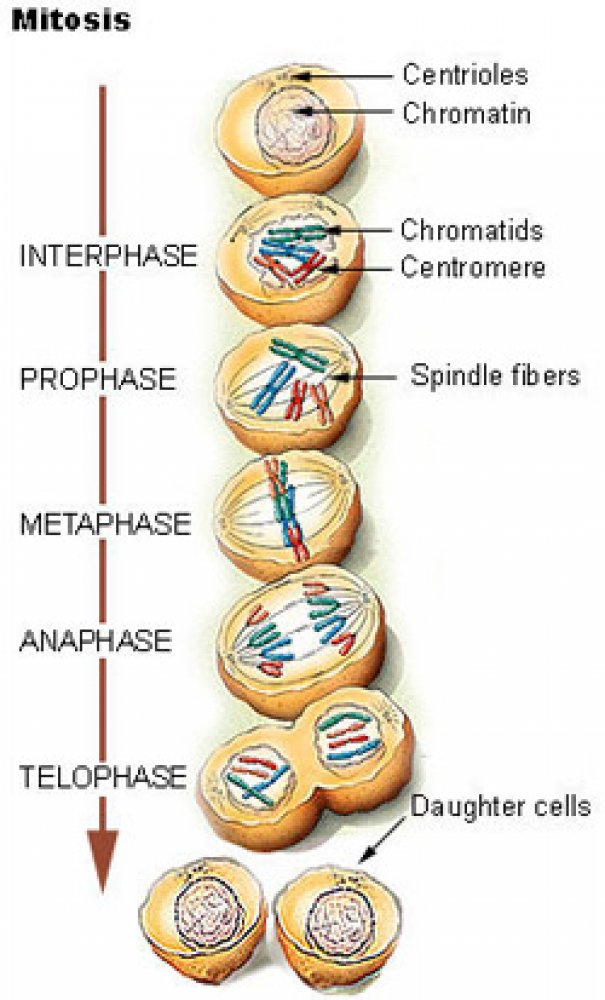
Module Launch Lesson View Learnful
Part a - exocytosis and endocytosis drag the correct label under each diagram
Part a - exocytosis and endocytosis drag the correct label under each diagram- In summary, endocytosis is the import of molecules and particles into the cell by folding the cell membrane inward to form vesicles There Exocytosis is the natural process of transporting molecules from within a cell to the outside space In this process, the vesicles containing the fluid enclosed by a lipid bilayer fuse with the plasma membrane to release their contents outside the cell The term 'exocytosis' was proposed by De Duve in 1963 It occurs in all living cells




Questions And Answers On Labeled Unlebled Diagrams Of A Human Cell Cell Organelles Cells The Basic Units Of Life Siyavula August 11 14 Best Images Of Label Cell Organelles Worksheet Subject Of
Endocytosis Definition Endocytosis is the process of actively transporting molecules into the cell by engulfing it with its membrane Endocytosis and exocytosis are used by all cells to transport molecules that cannot pass through the membrane passively Exocytosis provides the opposite function and pushes molecules out of the cellExocytosis is the opposite of endocytosis as it involves releasing materials from the cell Exocytosis has five stages, each leading up to the vesicle binding with the cell membrane Many bodily functions include the use of exocytosis, such as the release of neurotransmitters into the synaptic cleft and the release of enzymes into the bloodExocytosis Endocytosis It results is expelling molecules outside the cell It helps to ingest molecules towards the cell interior This process leads to the destruction of vesicles This process leads to creation of vesicles There is a discharge of enzymes, hormones, proteins, and glucose
Match the Organelle to Its Function Semipermeable membrane made of phospholipids that acts as a barrier between inside and outside of the cell The fluid, cytoskeleton, and organelles inside a cell Contains DNA and control's the cell's activity Double membrane that surrounds the nucleus and has pores to allow some molecules (like RNA) out In exocytosis, vesicle gets fused with the plasma membrane to excrete out the material In endocytosis, a vesicle is formed around the food particle to engulf it easily The process of exocytosis is used for different purposes like neurotransmitters, expel cellular or chemical waste, release hormones, glucose, and proteins at the time of need Endocytosis and exocytosis are the processes by which cells move materials into or out of the cell that are too large to directly pass through the lipid bilayer of the cell membrane Large molecules, microorganisms and waste products are some of the substances moved through the cell membrane via exocytosis and endocytosis
Endocytosis exocytosis 1 Draw the last step of exocytosis at right 2 Draw the first step of endocytosis at right 3 The biggest difference between active transport and passive transport is the need for the cell to use 4 Draw a Venn diagram in the space to the right to compare and contrast exocytosis and endocytosis 35 Vocabulary Check Exocytosis is the process of moving materials from within a cell to the exterior of the cell This process requires energy and is therefore a type of active transport Exocytosis is an important process of plant and animal cells as it performs the opposite function of endocytosis In endocytosis, substances that are external to a cell are brought into the cell Exocytosis is a process that is used to transport materials from inside the cell to the external part of the cell by the use of energy The mechanism uses special vesicles fille with the particles of interest to transport Generally, in this mechanism of exocytosis, a special vesicle bound to the cell membrane, containing the cellular particles will expel the cell content to the external




New Views On Cellular Uptake And Trafficking Of Manufactured Nanoparticles Journal Of The Royal Society Interface




Welcome To The Open Learning Initiative Introduction To Anatomy And Physiology Course We Are Happy That You Have Decided To Introduce Yourself To This Important Field And We Hope That Your Learning Experience Will Be An Enriching And Enjoyable One The
Endocytosis is the process by which cells internalize substances from their external environment It is how cells get the nutrients they need to grow and develop Substances internalized by endocytosis include fluids, electrolytes, proteins, and other macromoleculesEndocytosis is also one of the means by which white blood cells of the immuneUse the following diagram to answer the next question B c D moves in and out of a membrane through a pore dissolves part of the membrane so that substances can get through moves substances through the membrane by interacting with them reacts with substances and propels the products through a membrane 14 15 16 1756 Endocytosis and Exocytosis In diff usion, dissolved particles (solutes) move down a concentration gradient Sometimes cells need to move nondissolved particles, or large amounts of material, across the cell membrane Th ey can do this by two processes endocytosis and exocytosis Endocytosis




1 Tuesday Already 106 Bellwork 1 Compare And



2
Endocytosis Endocytosis is a type of active transport that moves particles, such as large molecules, parts of cells, and even whole cells, into a cell There are different variations of endocytosis, but all share a common characteristic the plasma membrane of the cell invaginates, forming a pocket around the target particleInflux of Ca 2 Triggers Release of Neurotransmitters The exocytosis of neurotransmitters from synaptic vesicles involves vesicletargeting and fusion events similar to those that occur at many points in the secretory pathway (Section 1710) Indeed the same types of proteins — including TSNARE and VSNAREs, α, β, and γ SNAP proteins, and NSF — participate in both systems Meiosis 2 of 3 Show transcribed image text part a animal cell structures and functions to understand how cells function as the fundamental unit of life you must first become familiar with the individual roles of the cellular structures and orgar drag the labels on the left onto the diagram of the animal cell to correctly identify the function performed by each
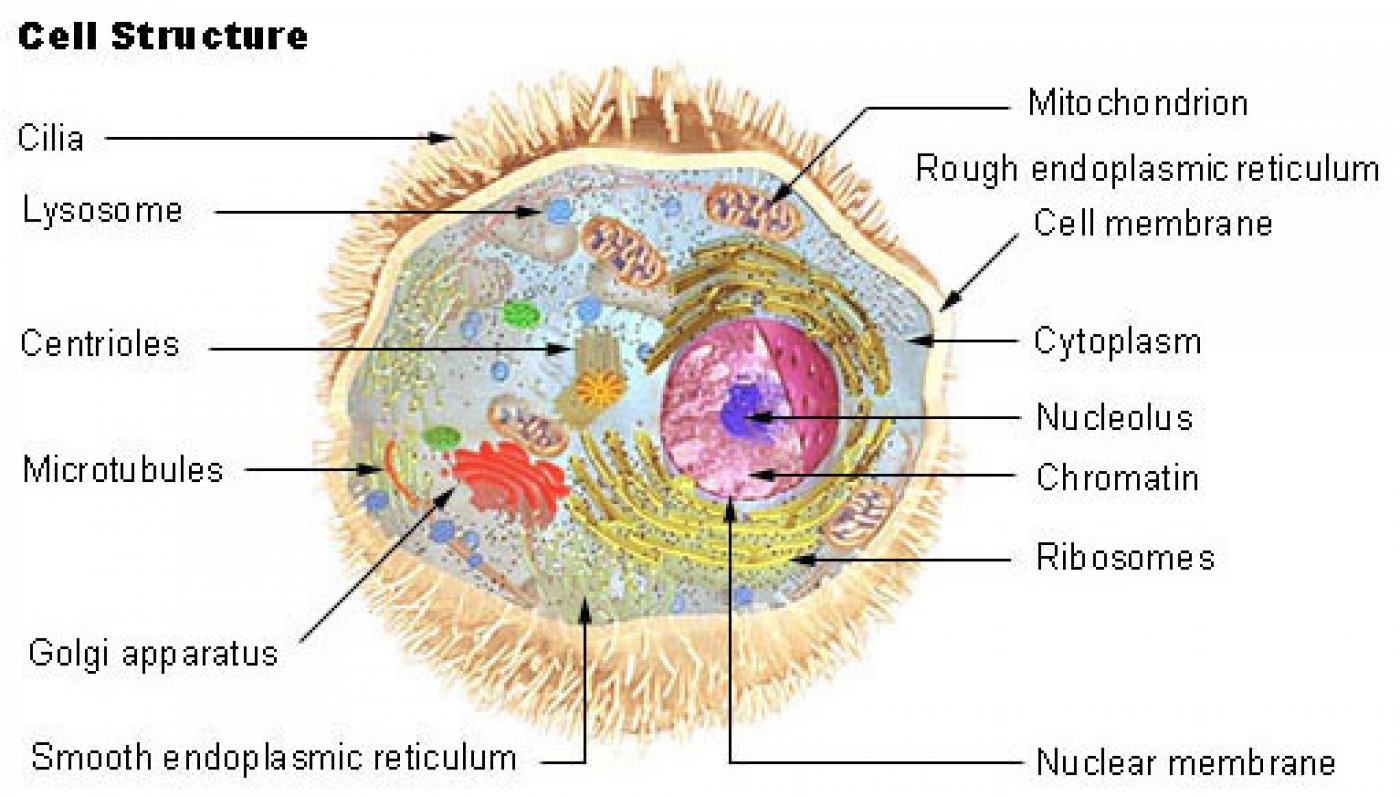



Module Launch Lesson View Learnful



Usabo Trc Org
Draw a picture of each type of cell after you click and drag it to the different beakers of solutions Draw the arrows to indicate which direction water moves and the cell how it looks after it is placed in the beakerMovement Across a Membrane and Energy There are two major ways that molecules can be moved across a membrane, and the distinction has to do with whether or not cell energy is used Passive mechanisms like diffusion use no energy, while active transport requires energy to get done Cartoon representing passive transport as rolling a boulder10 Questions Show answers Question 1 SURVEY 1 seconds Q Endocytosis is defined as answer choices the movement of large molecules from the inside of the cell to the outisde of the cell using channel proteins the movement of large molecules from the inside of the cell to the outisde of the cell membrane vesciles




Cytoskeletal Regulation Of Primary Plant Cell Wall Assembly Sciencedirect



Minnesota Pearsonaccessnext Com
Endocytosis is the process by which a substance enters a cell without passing through the cell membrane Learn about the definition of endocytosis and explore the three types of endocytosisLabel your diagram for clarity ** 8 What happens to the cell?Active Transport Active Transport is the term used to describe the processes of moving materials through the cell membrane that requires the use of energy There are three main types of Active Transport The SodiumPotassium pump, Exocytosis, and Endocytosis



Drag The




33 Correctly Label The Parts Of An Exocrine Gland Labels Design Ideas
Endocytosis and exocytosis are both cellular means of transporting substances across a cell membrane via the use of a vesicle However, the processes differ in the direction in which the An example of endocytosis would b the elguena (cilia) taking in large materials or nondissolve particle in from the outside environment White blood cells relate to pahagcytoisis Difference Between Exocytosis And Endocytosis Endocytosis is defined as the process of trapping a particle or substance from the external environment by engulfing it Endocytosis is of two types viz phagocytosis, also known as cellular eating and pinocytosis, also referred to as cellular drinking Exocytosis, on the other hand, is described as the process of




Module Launch Lesson View Learnful




Cell Transport Card Sort Worksheets Teaching Resources Tpt
As compared to endocytosis, exocytosis is a process that is used to transport materials from inside the cell to the external part of the cell by the use of energy Therefore, it is a type of active transport mechanism and it is the opposite of endocytosis Generally, in this mechanism of exocytosis, a special vesicle bound to the cell membrane, containing the cellular Differences are Endocytosis brings materials to the inside of the cell while exo takes them out Exoocytosis has the vesicle being formed in the golgi apparatus which then fuses with the membrane, while endo has the vesicle formed from the cell membrane which then gets into the cytoplasm Exocytosis increases the size of the cell membrane while endo does the Exocytosis Substances leave the cell after being transported through it in vesicles to the Golgi body, where it is then put into secretory vesicles and transported to the cell membrane, where the vesicle fuses with the cell membrane, emptying its contents outside the cell wjec as biology endocytosis exocytosis unit 1




3 4 Unique Characteristics Of Eukaryotic Cells Microbiology Canadian Edition




Chapter 3 Cell Structure And Function Concepts Of Biology
Phagocytosis is a process used by certain cells to absorb and ingest solid particles The particles that are absorbed and ingested can be nutrient particles or bacteria The cells capable of ingesting by the phagocytosis process are known as phagocytes Phagocytes can be freeliving unicellular organisms, such as amoeba, or they can be a partEndocytosis is a fundamental cellular process in all eukaryotic cells In neurons, endocytosis can occur within the spine Mechanistically, spine endocytosis is likely mediated by both clathrindependent and clathrinindependent pathways, but the bestcharacterized spine endocytic mechanism occurs via clathrincoated vesicles Below Exocytosis is basically when your vesicles transport materials out of a cell Once the neurotransmitters are synthesised and packaged into vesicles, they are transported until the vesicles reach the cell membrane Then the 2 bilayers rearrange themselves so that the vesicles are able to fuse with the membrane Once that occurs, the neurotransmitters will spill out




Superparamagnetic Iron Oxide Nanoparticles In Musculoskeletal Biology Tissue Engineering Part B Reviews
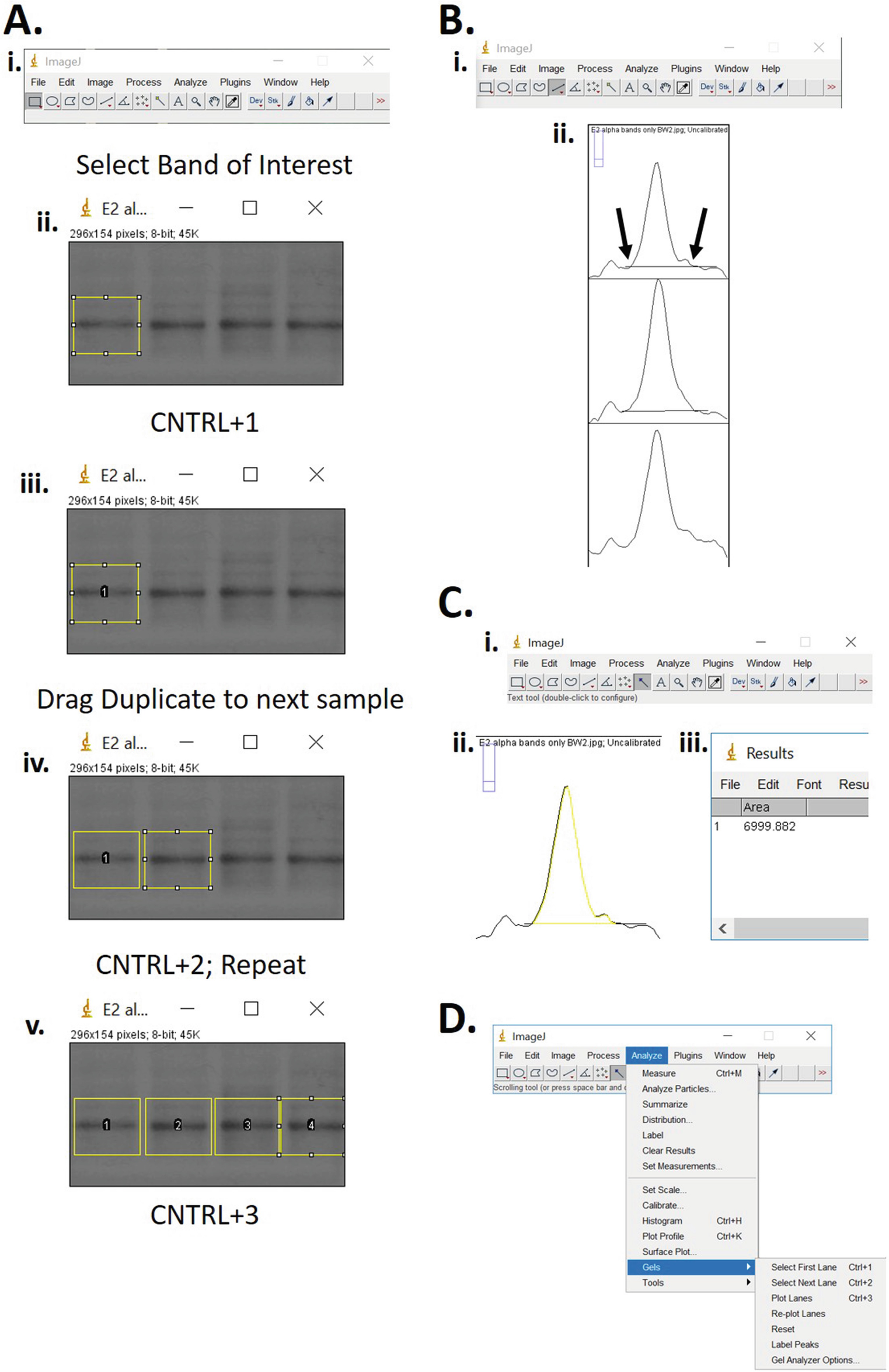



Using Western Blotting For The Evaluation Of Metabotropic Glutamate Receptors Within The Nervous System Procedures And Technical Considerations Springerlink
Exocytosis is the reverse of endocytosis Quatities of material are expelled from the cell without ever passing through the membrane as individual molecules By using the processes of endocytosis and exocytosis, some specialized types of cells move large amounts of bulk material into and out of themselves Part A Diffusion Drag the labels to their appropriate locations on the diagram ANSWER Help Reset Side with higher concentration of square molecules Transport protein Plasma membrane Energy input from the cell Side with lower concentration of square molecules Endomembrane System The Endomembrane system is a membranous component of the eukaryotic cell The cytoplasm of the cell contains a system of membranous organelles that are suspended in it The organelles are termed as a system even though they have different structures and functions as they are essential to the working of the cell
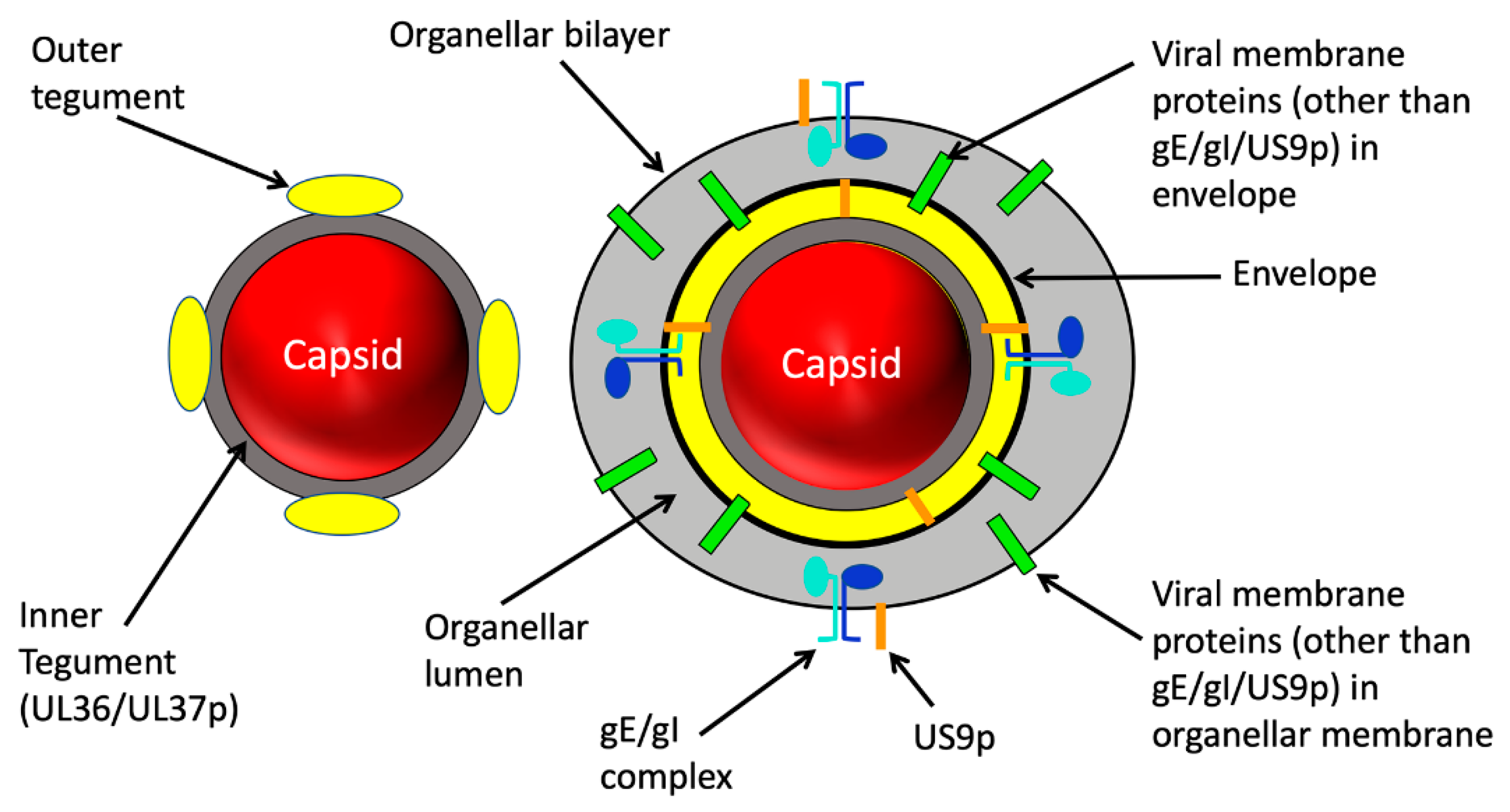



Viruses Free Full Text Microtubule Dependent Trafficking Of Alphaherpesviruses In The Nervous System The Ins And Outs Html




Single Molecule Biophysics At The Interface Of Biology Physics And Chemistry Journal Of The Royal Society Interface
Part A Diffusion Drag the labels to their appropriate locations on the diagram ANSWER Correct Activity How Enzymes Work pinocytosis phagocytosis facilitated diffusion exocytosis receptormediated endocytosis Help Reset Side with higher concentration of molecules Plasma membrane Side with lower concentration of molecules Diffusion causes a net movement of molecules downEndocytosis and Exocytosis Endocytosis is used by cells to move water, macro molecules, or larger objects, such as cell fragments or even whole cells, from outside a cell to the inside of the cell Exocytosis is the reverse of endocytosis, that is, the movement of materials from the inside to the outside of the cell Endocytosis is the process of bringing substances inside a cell from the external environment with the help of the cell membrane Through this method, cells acquire nutrients required for growth and reproduction It is a form of the active transport mechanism and thus needs energy, in the form of ATP, to proceed



Aisbiology Licensed For Non Commercial Use Only Cell Structure And Function




Match Each Situation To The Correct Graph 1 Clownfish Lay Hundreds Of Eggs But Only 10 To 15 Brainly Com
Exocytosis and endocytosis are vesiclemediated transport of materials across the plasma membrane Exocytosis is the fusion of secretory vesicles with the plasma membrane to release their contents into the extracellular environment Endocytosis is the import of extracellular molecules by invagination of the plasma membrane to create a vesicleExocytosis definition, the transport of material out of a cell by means of a sac or vesicle that first engulfs the material and then is extruded through an opening in the cell membrane (distinguished from endocytosis) See moreDraw a diagram of phagocytosis (foodgetting);



Solved Please Can Anyone Help With The Following Biology Diagram Course Hero




Solved A Exocytosis And Endocytosis The Correct Label Under Chegg Com




Biology Milestones Active Vs Passive Transport Activity Worksheet
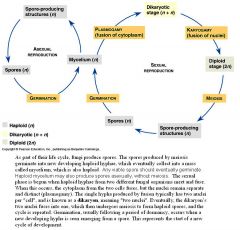



Mcat Biology Flashcards Flashcards Cram Com




A P 1 Lab Manual Bronx Community College Pdf Chemical Synapse Nervous System



Human Biology



Sodium Potassium Pump Cell Biology Flashcards Draw It To Know It



2




Mastering Biology 3 Flashcards Quizlet




Rapid Turnover Of Stereocilia Membrane Proteins Evidence From The Trafficking And Mobility Of Plasma Membrane Ca2 Atpase 2 Journal Of Neuroscience




3 1 The Cell Membrane Anatomy Physiology




Cancer Immunoimaging With Smart Nanoparticles Trends In Biotechnology
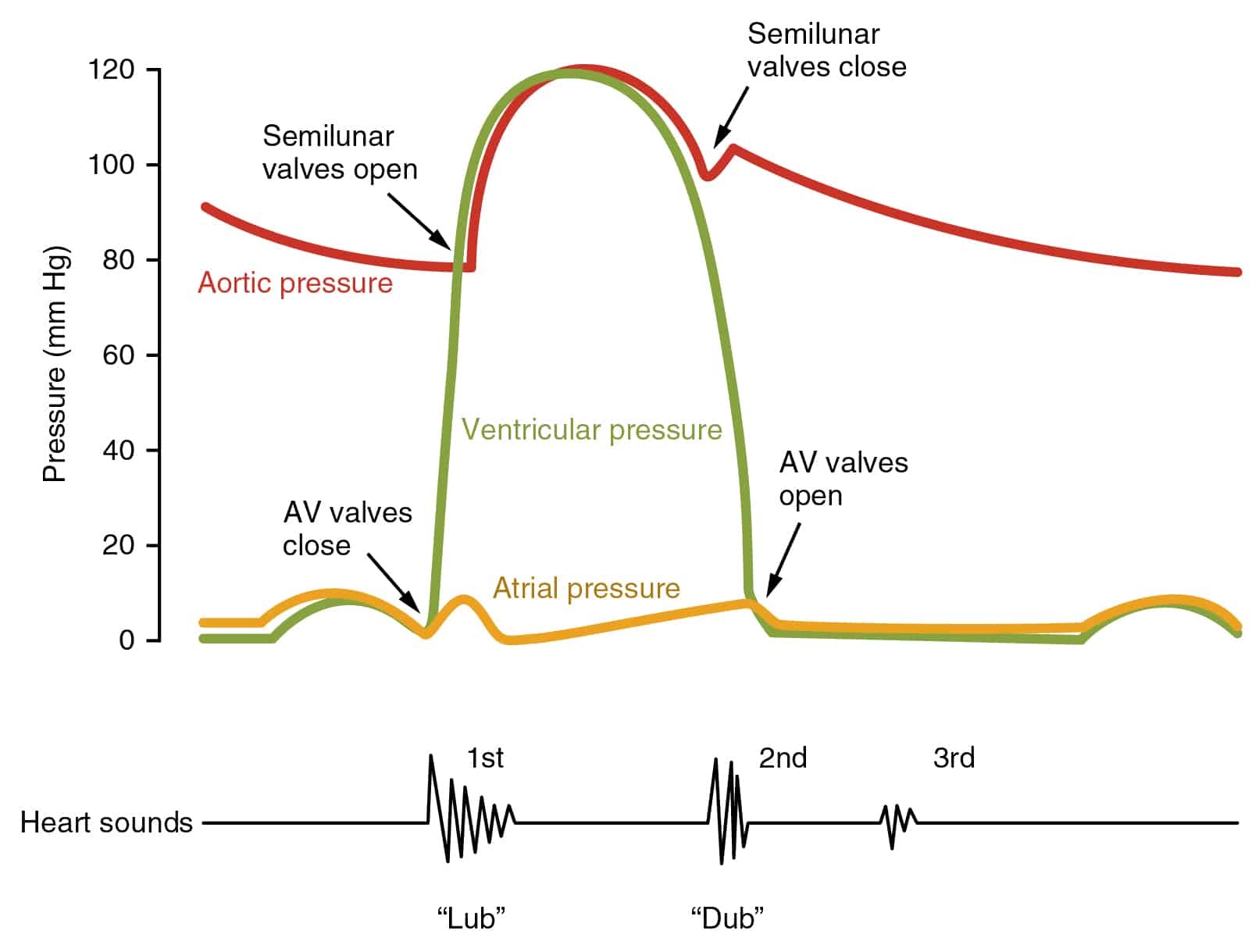



The Cardiac Cycle Pressures In The Heart Teachmephysiology




Discard The Answers I Chose Match The Following Scenarios With The Most Specific Type Of Transport Homeworklib




Questions And Answers On Labeled Unlebled Diagrams Of A Human Cell Cell Organelles Cells The Basic Units Of Life Siyavula August 11 14 Best Images Of Label Cell Organelles Worksheet Subject Of




01 Life Begins With Cells
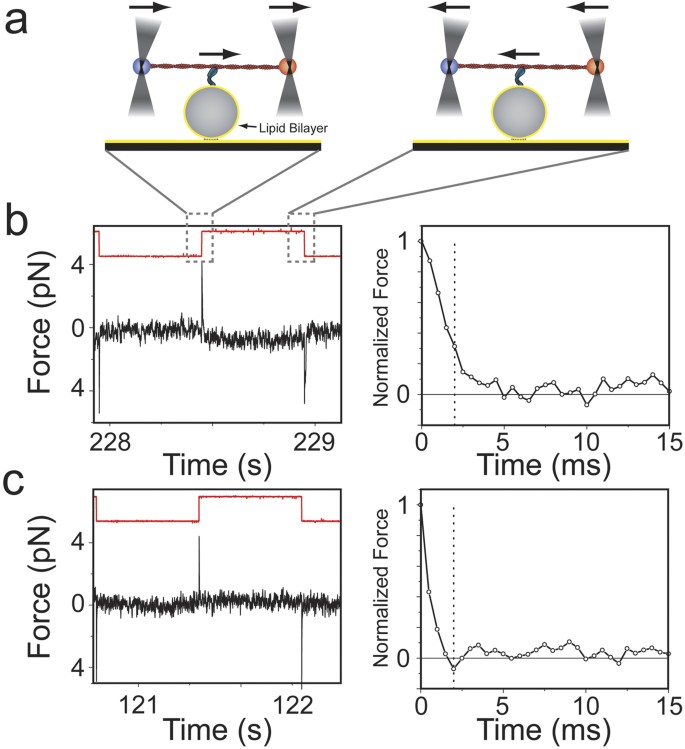



Force Generation By Membrane Associated Myosin I Scientific Reports



2



17 4 Endocytosis And Exocytosis Biology Libretexts




Exocytosis Endocytosis Label Png Drag The Correct Label Under Each Diagram Outside Of Cell Outside Of Cell Inside Cell Inside Cell Exocytosis Course Hero




3 1 The Cell Membrane Anatomy Physiology




Bio23 F19 S Complete Course Guide By Human Anatomy Issuu




1 Tuesday Already 106 Bellwork 1 Compare And



1




Objective C3 Identify The Parts Of The Cell Membrane Including Lipids Proteins Carbohydrates And Investigate Explain The Transport Of Molecules Ppt Download
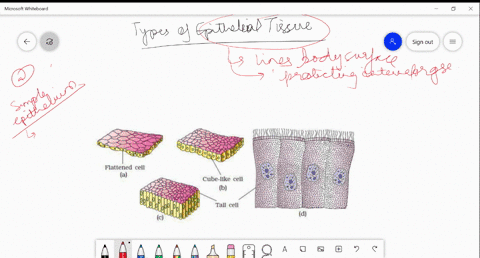



Solved Drag The Labels Onto The Diagram To Identify The Types Of Endocytosis




Discard The Answers I Chose Match The Following Scenarios With The Most Specific Type Of Transport Homeworklib




Yeast Translation Elongation Factor 1a Binds Vacuole Localized Rho1p To Facilitate Membrane Integrity Through F Actin Remodeling Journal Of Biological Chemistry



Bioflix Activity Membrane Transport Vocabulary Review
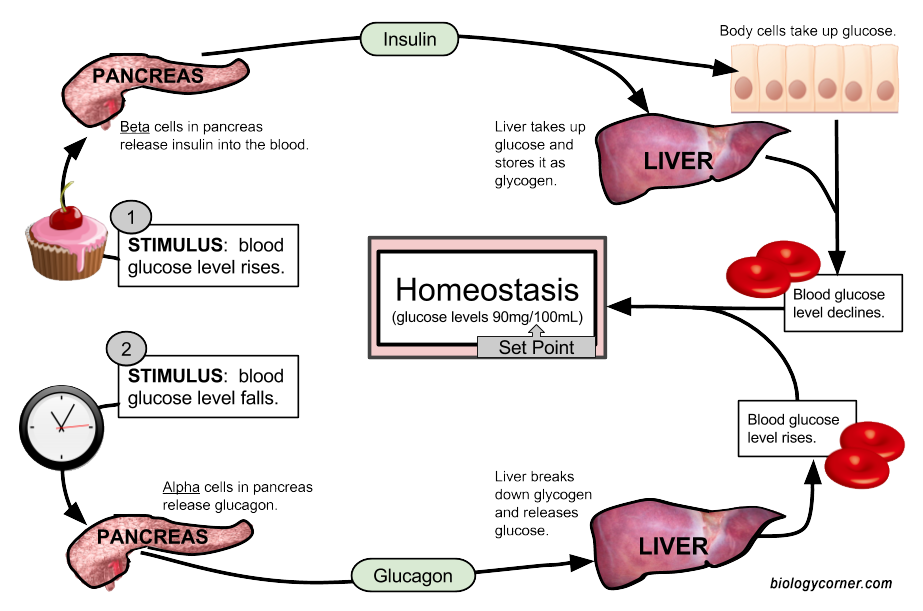



Ch103 Chapter 8 Homeostasis And Cellular Function Chemistry
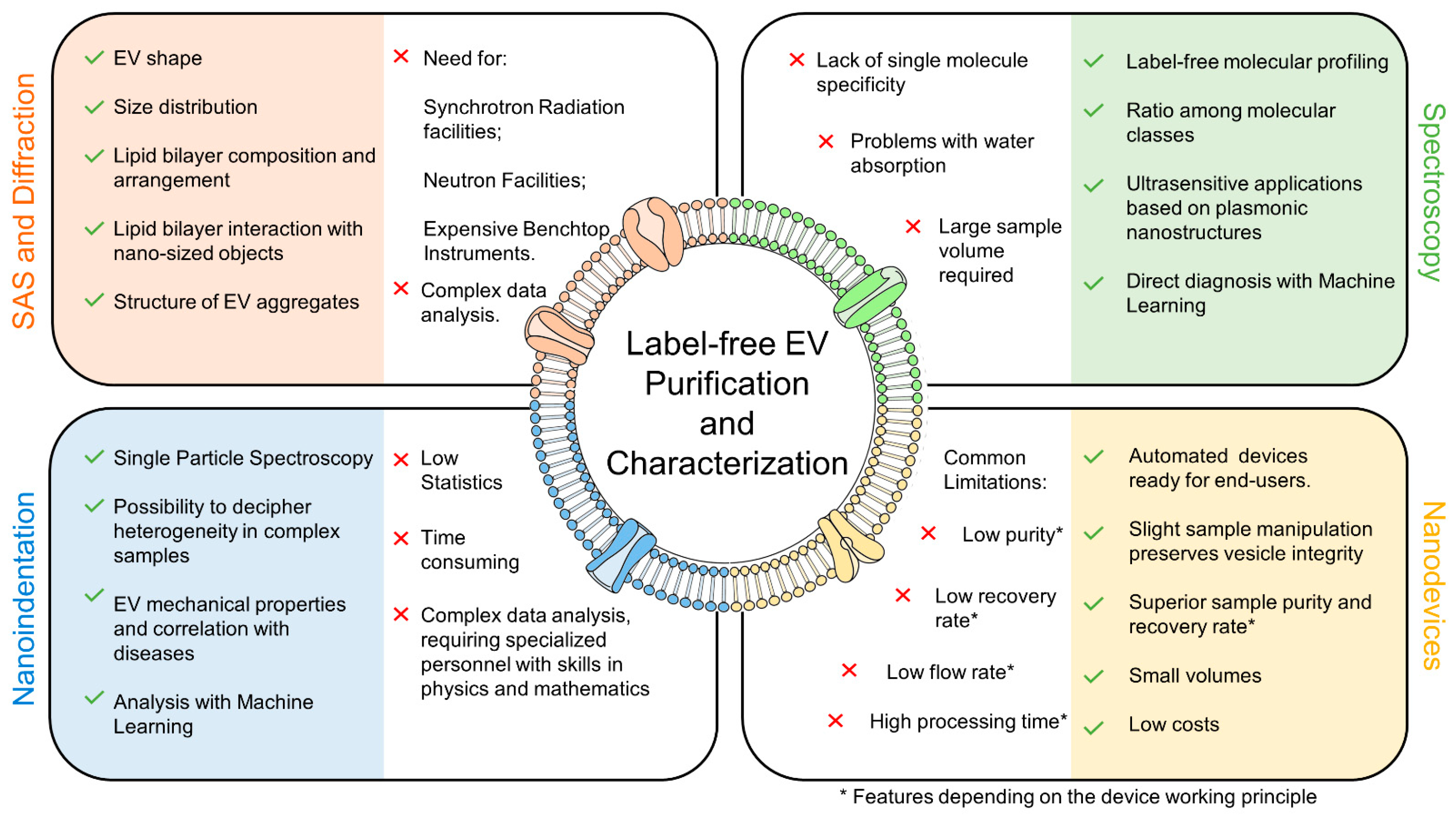



Nanomaterials Free Full Text Recent Advances In The Label Free Characterization Of Exosomes For Cancer Liquid Biopsy From Scattering And Spectroscopy To Nanoindentation And Nanodevices Html
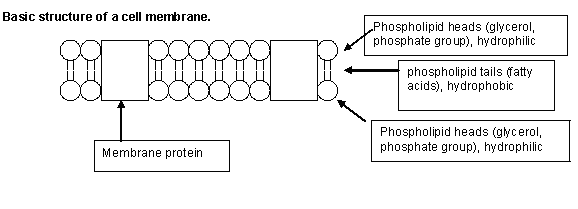



Membrane Transport




Cell Patterning By Secretion Induced Plasma Membrane Flows Biorxiv



3 6 Active Transport Concepts Of Biology 1st Canadian Edition




Drag Each Label To The Correct Location On The Image The Diagram Shows The Development Of The Oocyte Brainly Com



Pubs Rsc Org



2
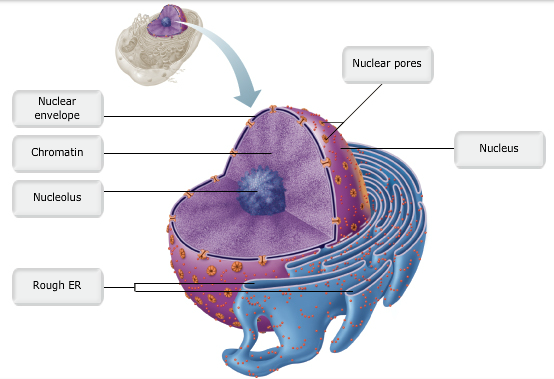



A P Chapter 3 Cells The Living Units Flashcards Easy Notecards




Visualizing Endogenous Opioid Receptors In Living Neurons Using Ligand Directed Chemistry Elife




Mastering Biology 3 Flashcards Quizlet
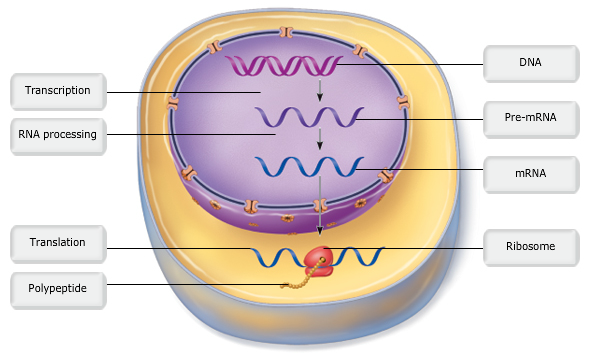



A P Chapter 3 Cells The Living Units Flashcards Easy Notecards



2 17 Exocytosis And Endocytosis Biology Libretexts



Mauritius Institute Of Education
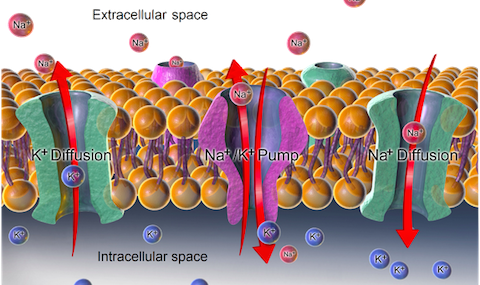



Passive Transport And Active Transport Across A Cell Membrane Article Article Khan Academy
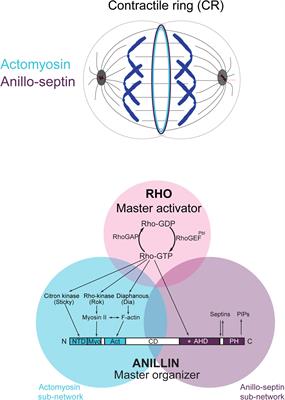



Frontiers Animal Cell Cytokinesis The Rho Dependent Actomyosin Anilloseptin Contractile Ring As A Membrane Microdomain Gathering Compressing And Sorting Machine Cell And Developmental Biology
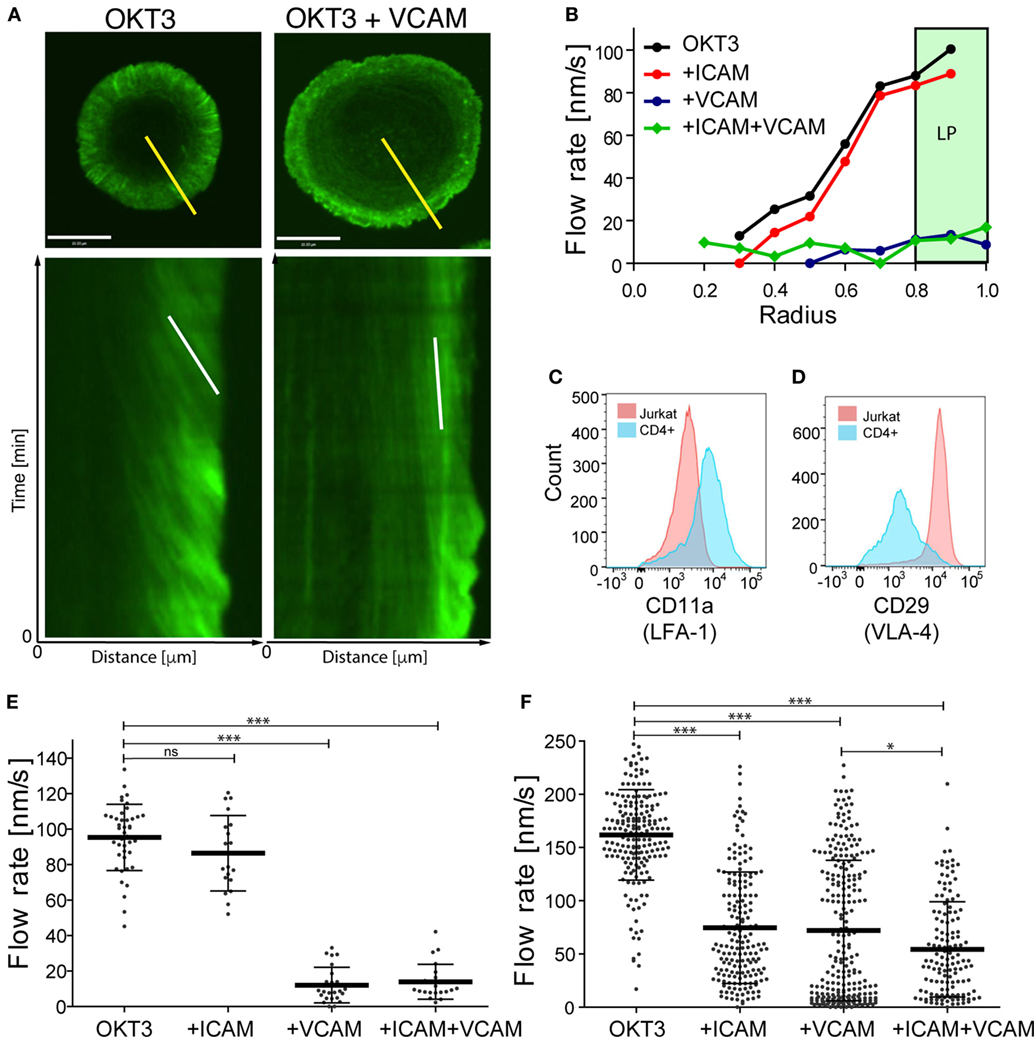



Frontiers Integrins Modulate T Cell Receptor Signaling By Constraining Actin Flow At The Immunological Synapse Immunology
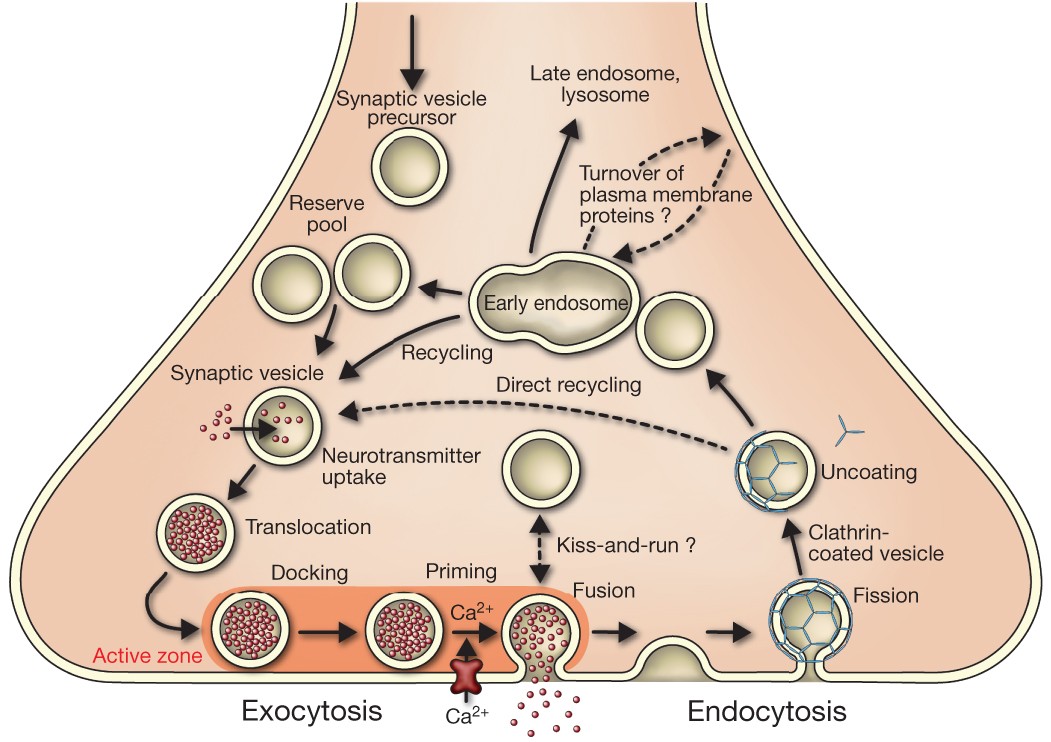



Molecular Machines Governing Exocytosis Of Synaptic Vesicles Nature



1




Mastering Biology Test 2 Ch 7 Flashcards Quizlet
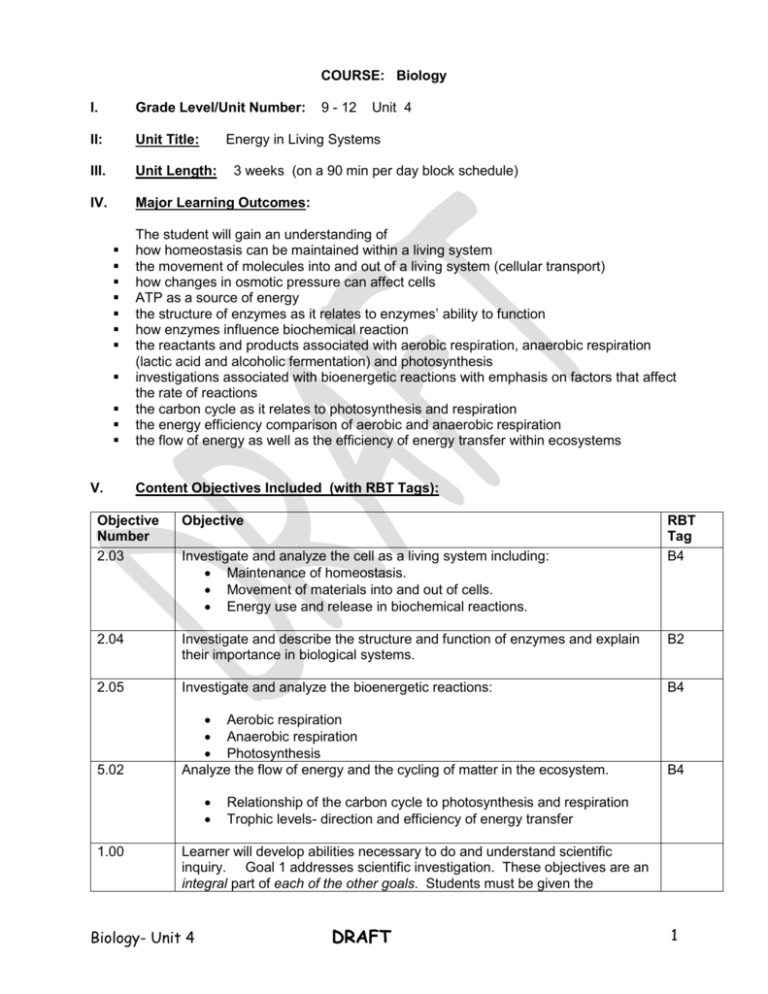



Biounit 4 5e With Lep Final
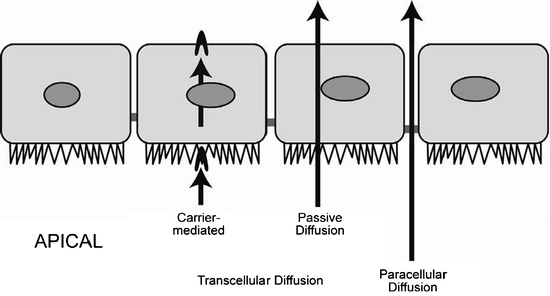



Mass Transport Via Cellular Barriers And Endocytosis Springerlink




Drag The Correct Labels To The Pie Chart Not All Tiles Will Be Used The Pie Chart Represents The Brainly Com




Mastering Biology Chapter 5 Flashcards Quizlet




Msn Functionalization And Characterisation A Schematic Showing The Download Scientific Diagram




Solved Drag The Labels Onto The Diagram To Identify The Types Of Endocytosis




Challenges And Opportunities In Exosome Research Perspectives From Biology Engineering And Cancer Therapy Apl Bioengineering Vol 3 No 1



2



Why Can T Antibodies Cross The Cell Membrane Quora




Pdf Advances In Microtechnology For Improved Cytotoxicity Assessment
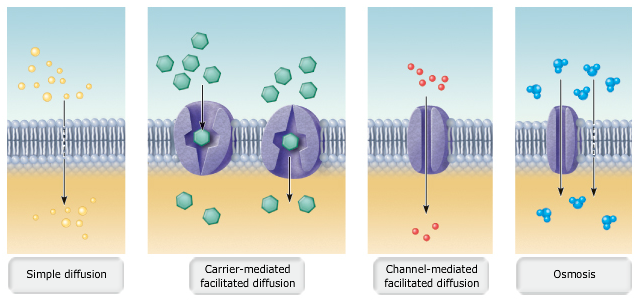



A P Chapter 3 Cells The Living Units Flashcards Easy Notecards
/endocytosis-5ad64d57c0647100386364bb.jpg)



A Definition Of Endocytosis With Steps And Types




Solved Bioflix Activity Membrane Transport Exocytosis And Chegg Com




43 Plasma Membrane Ideas High School Biology Biology Plasma Membrane
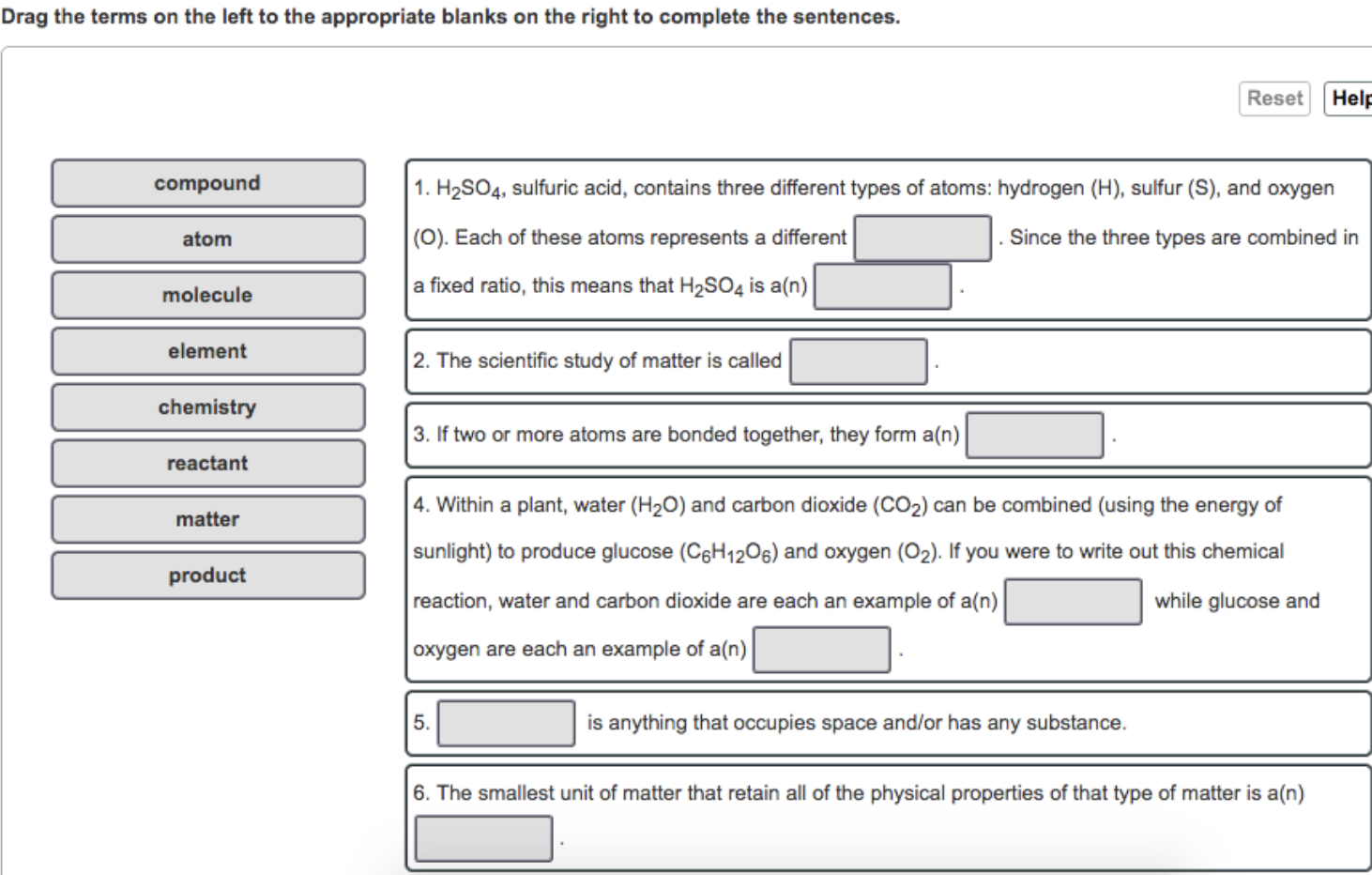



Drag The Terms On The Left To The Appropriate Blanks On The Right To Complete The Sentences Wizedu



Types Of Cell Transport Boyar
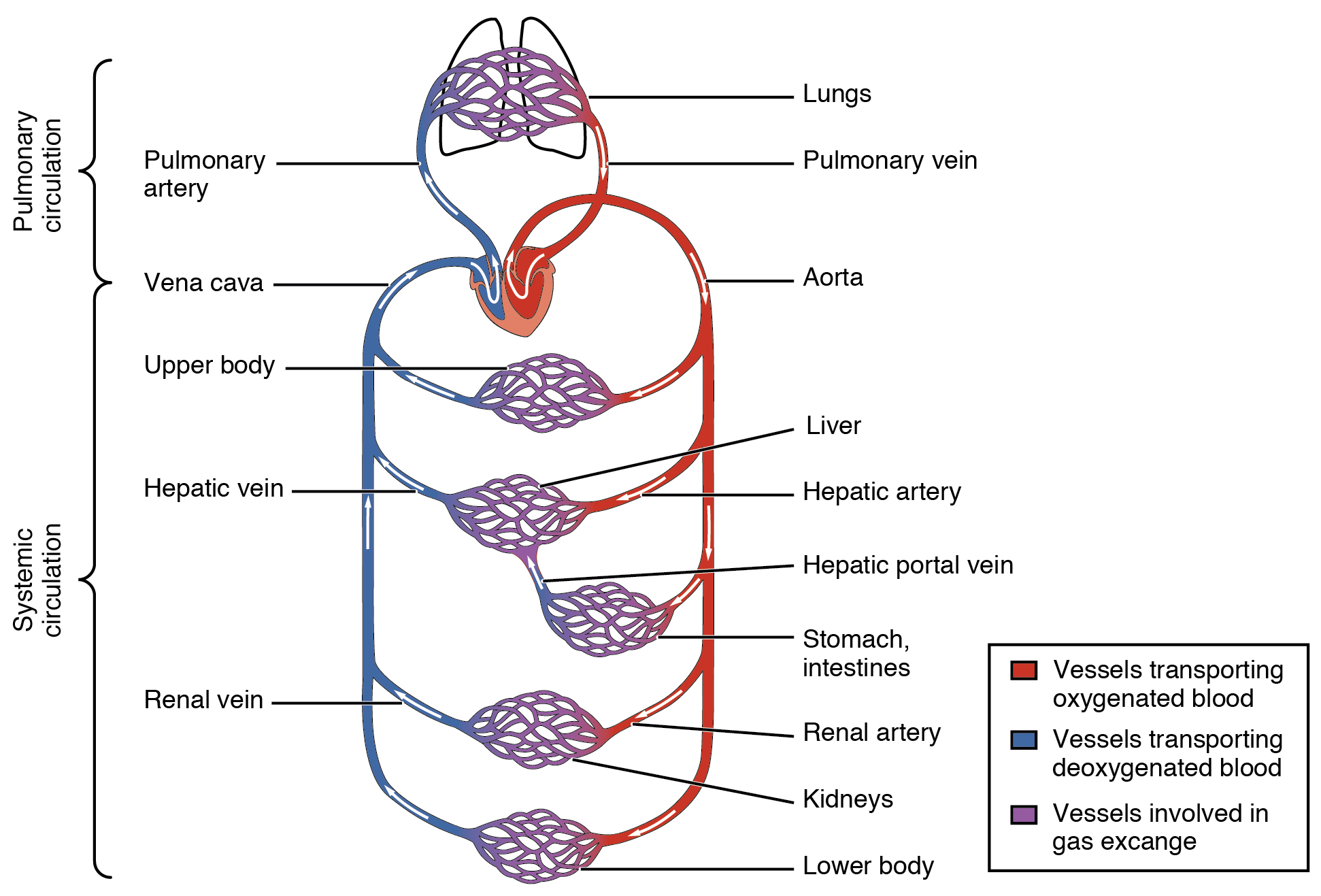



Structure And Function Of Blood Vessels Anatomy And Physiology




Exocytosis Endocytosis Label Png Drag The Correct Label Under Each Diagram Outside Of Cell Outside Of Cell Inside Cell Inside Cell Exocytosis Course Hero




Recent Progress In Isolation And Detection Of Extracellular Vesicles For Cancer Diagnostics Wang 18 Advanced Healthcare Materials Wiley Online Library
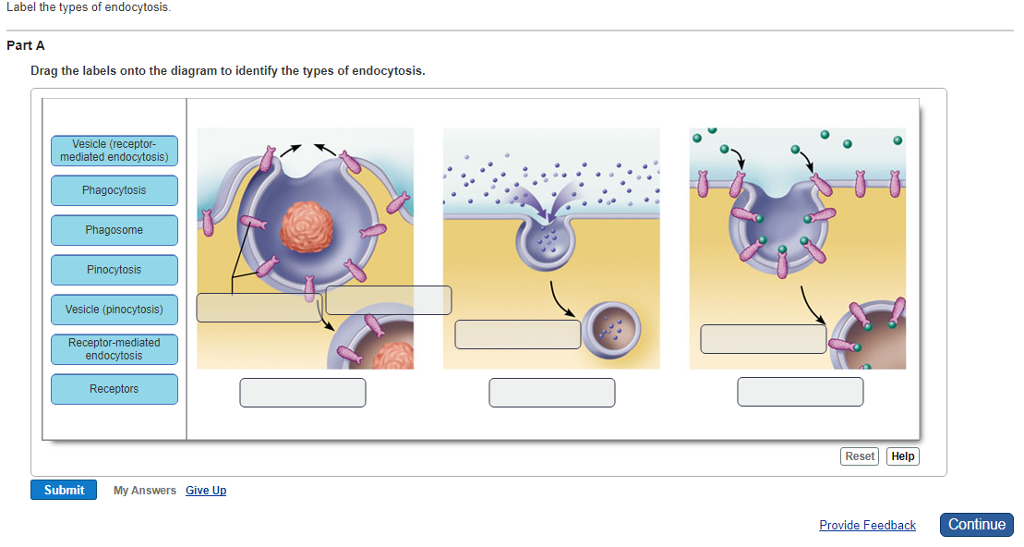



Solved Drag The Labels Onto The Diagram To Identify The Chegg Com



2




Which Of The Following Correctly Describes Some Aspect Of Exocytosis Or Endocytosis Lifeder English



2
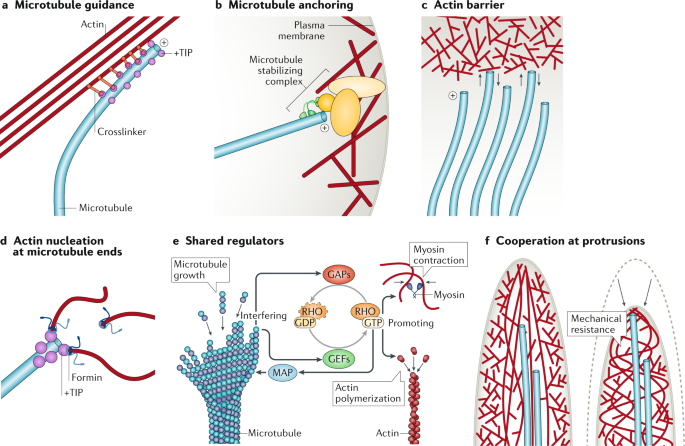



Actin Microtubule Crosstalk In Cell Biology Nature Reviews Molecular Cell Biology




The Plasma Membrane Maintaining A Balance The Plasma Membrane The Plasma Membrane Is A Selectively Permeable Membrane That Allows Nutrients And Wastes Ppt Download



Boundless Biology




Cambridge Senior Science Biology Units 1 2 By Cambridge Aused Issuu



Minnesota Pearsonaccessnext Com
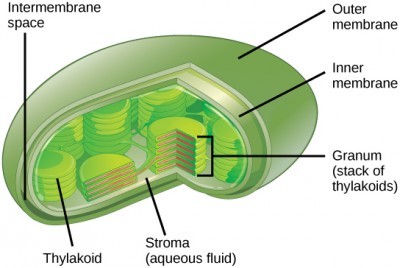



3 3 Eukaryotic Cells Concepts Of Biology 1st Canadian Edition
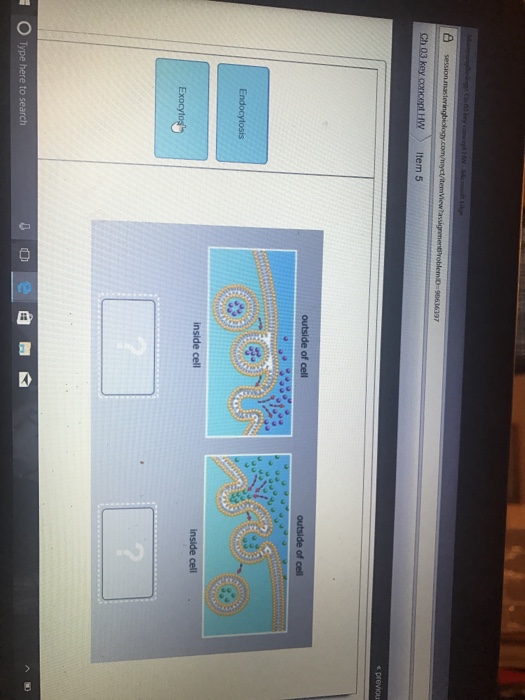



Solved Item 5 Drag The Correct Chegg Com




Cell Patterning By Secretion Induced Plasma Membrane Flows Biorxiv



2




Cell Membranes Resist Flow Sciencedirect




Mastering Biology 3 Flashcards Quizlet




Architecture Of A Host Parasite Interface Complex Targeting Mechanisms Revealed Through Proteomics Abstract Europe Pmc



0 件のコメント:
コメントを投稿